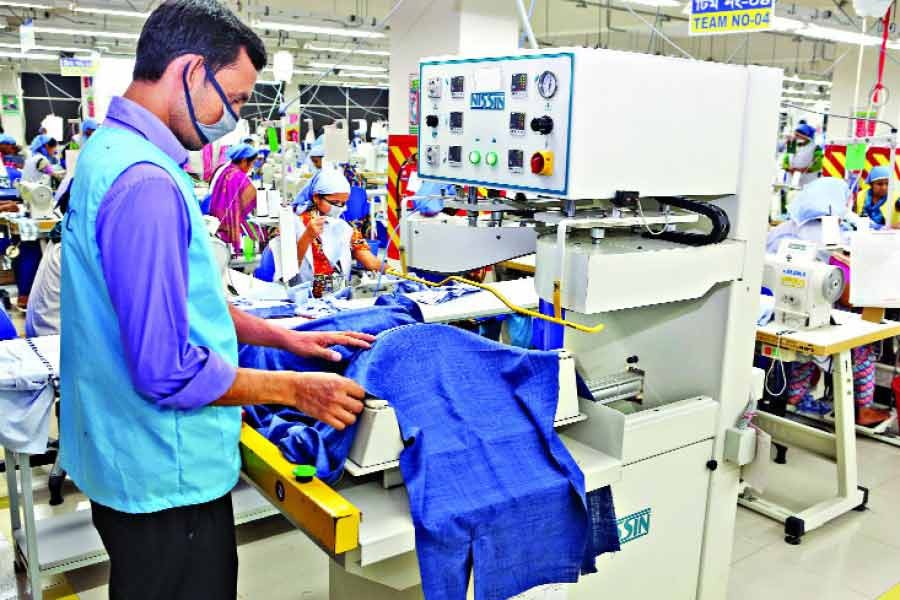To meet a long-felt need of the country's labour sector, the government is learnt to have taken an initiative to create a digital database of workers employed in the formal as well as informal sectors of the economy. A project on a pilot scale styled, 'Labour Information Management System (LIMS)' has reportedly been proposed by the Labour and Employment ministry to this effect. The stated objective of the project appears to be to develop skills and enhance productivity of the workers employed in various capacities in the labour sector. In fact, the importance of knowing the exact number of workers employed -- category-wise -- at different workplaces in an economy cannot be overemphasised. For the number is crucial not only in the interest of the workers, for example, for knowing their actual position and status, establishing their rights or ensuring their overall wellbeing, but also for the benefit of the industry as a whole.
To be frank, there has always been a dearth of correct information about industry-wise distribution of the labour force even in the formal sector, let alone in the informal sector dispersed across the country. And as the sector has usually been in a state of flux, the traditional tools to keep track of the movement of workers from one workplace to another were obviously far from being adequate. While the individual units might maintain records of their own on the number and type of workers employed with them at any point of time, an overall picture of the workers' employment situation across the entire labour sector was difficult to come by. Needless to say, the figures that could be made available on this score from time to time were mostly outdated and as such hardly useful. Evidently, the paucity of information remained a big obstacle to further development of the sector. Regrettably, the situation was not different even when it came to particular industries.
Consider the case of the Readymade Garments (RMG) industry. That the number of workers engaged in this important sub sector was around 4.3 million was an accepted fact. But it came into question when a digital survey was conducted for the purpose. The survey came up with a figure (2.7 million) that differed by a wide margin from the accepted figure. Notably, the digital survey for the RMG sector, titled, 'Mapped in Bangladesh (MiB) found out this discrepancy. The study only points to how urgent it is to develop a digital database for the entire labour sector in question. It is good to know at this point that some 10,000 factory units will come under the database of the said LIMS which is also supposed to issue Labour Identification (LID) number to some 0.3 million workers.
Evidently, the data to be generated from the proposed digital survey of workers in industries will be a precious asset for all concerned. Also, it will give instant transparency to the suggested five sub sectors being initially brought under the survey. The international bodies including the European Union (EU) and the International Labour Organization (ILO) who are also keen to know such information would also, hopefully, welcome the effort. Most importantly, such data will be of immense help for Bangladesh in its effort to eliminate child labour from the country by 2025. Against this backdrop, it is believed that the pilot-level digital survey project as proposed by the Ministry of Labour and Employment (MoLE) would get the required approval from the planning ministry sooner than later.


